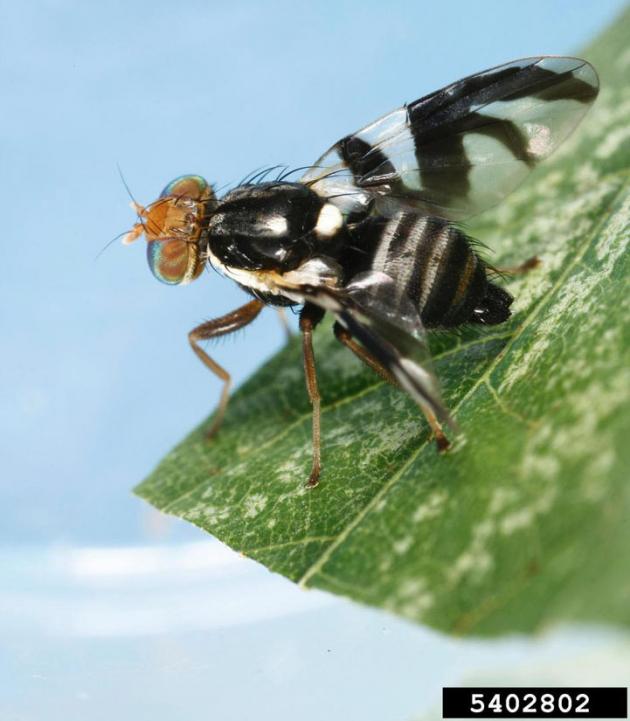
A key quality attribute of apple fruit is its peel or skin color, which affects consumer preferences. Immature fruits are green, and as the fruit ripens the green may fade partially or completely, resulting in very pale cream to green background colors. Red cultivars result from a superimposed accumulation of the red pigment anthocyanin. Anthocyanin accumulation in apple fruit can be affected by environmental, nutritional, and orchard management factors, the stage of maturity of the fruit, and by the microenvironment …


